Plants or Crops
All Plants or Crops Content
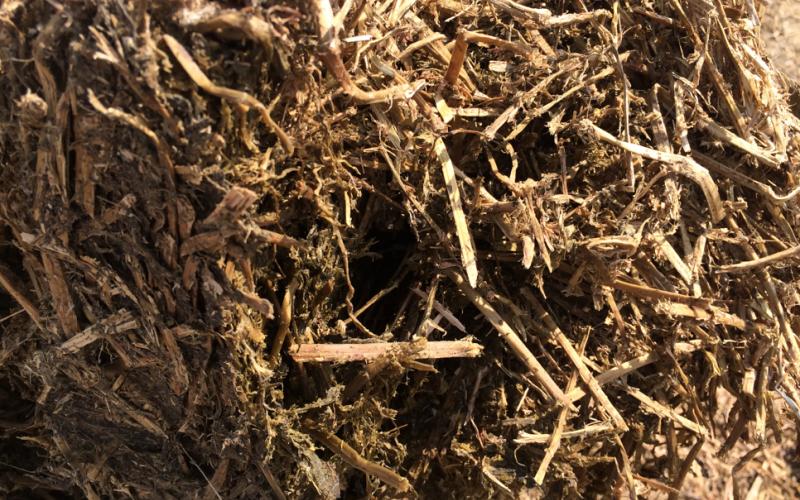
Minimizing Hay Storage Loss From Heating or Fires
Successful hay storage is essential to preserving high quality forage, while ensuring desired performance from livestock and deterring economic losses from unwanted hay storage fires.

Counties Designated as Disaster Areas and Qualify for Other Programs
Five South Dakota counties have been given disaster declarations due to dry summer conditions. This declaration gives producers in these counties and those in contiguous counties access to USDA-FSA emergency loans.
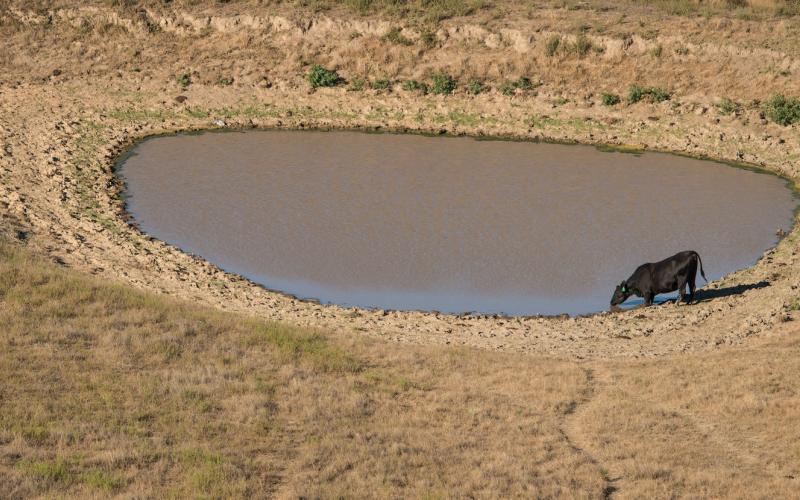
Feed & Water Testing Laboratories
A partial listing of available feed testing laboratories.
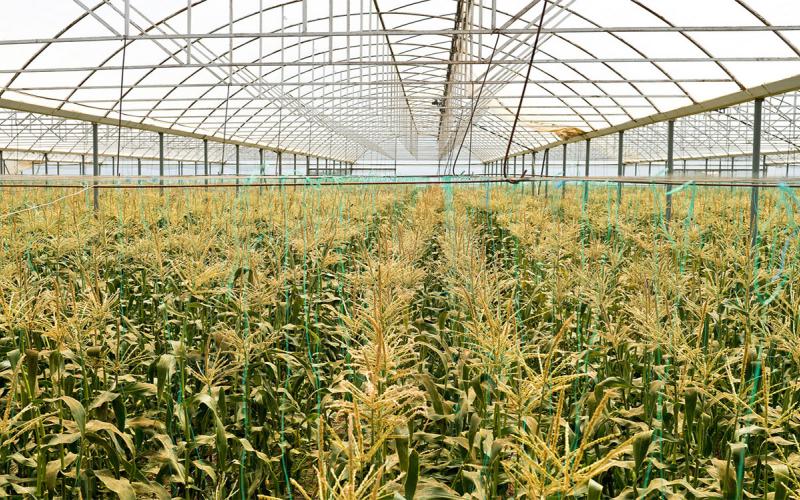
Consumer Demand for Genome-Edited Crops: Implications for Farmers’ Adoption Decisions
Genome-editing is a breakthrough technology for crop improvement that makes site-specific modifications in the genomes of cells and organisms.
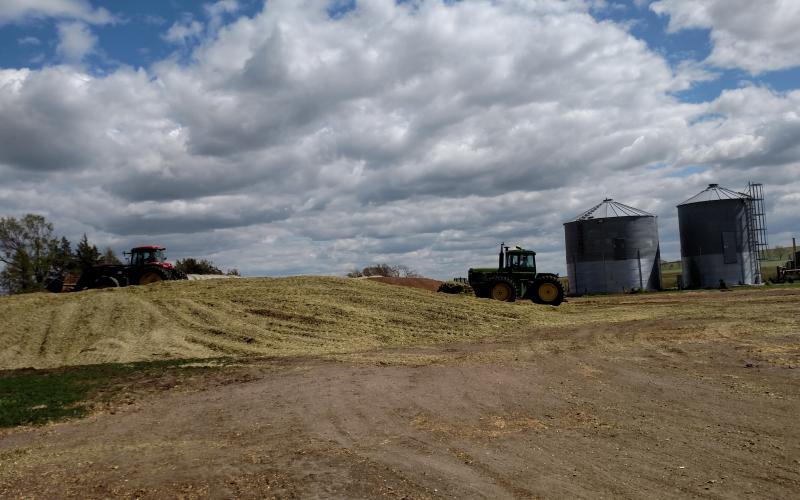
Silage Moisture Testing Tips
Two key points to keep in mind when making high-quality silage are moisture content before harvest and nutrient content before feeding.
How Will You Make Hay This Year?
With plenty of spring moisture, hay season will be here before you know it. Have you considered the type of binding material you will use to put up hay this year?
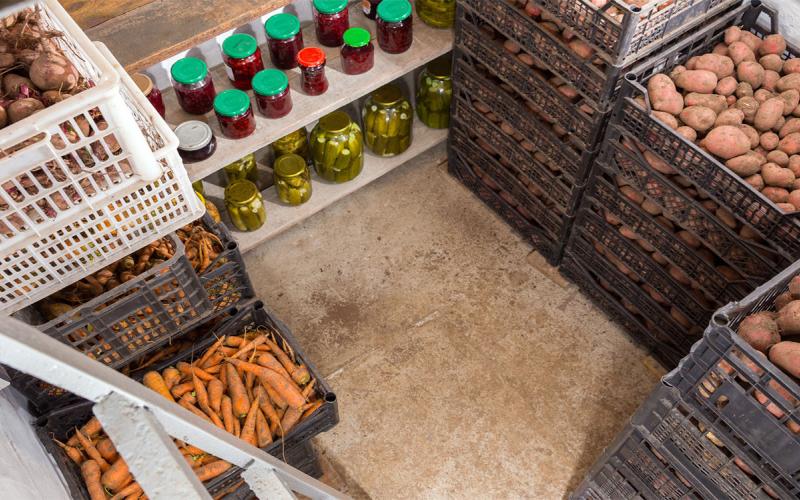
Storage Life of Vegetables
The storage life of various types of vegetables can be extended by several days or even months by keeping them at recommended temperature and humidity levels.
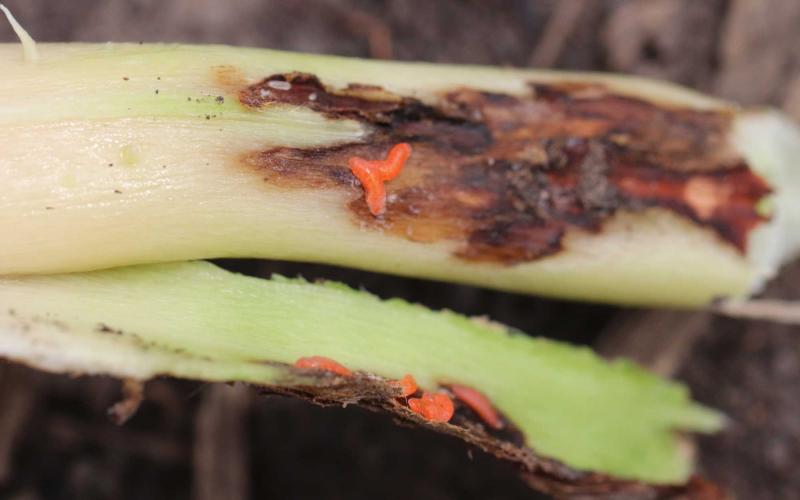
Soybean Gall Midge in South Dakota
Fact sheet about soybean gall midge in South Dakota

Prepare for Early Spring Blooms by Planting Hardy Bulbs in the Fall
Don’t put away your gardening tools quite yet! Fall is the perfect time to plant hardy, spring-flowering bulbs.
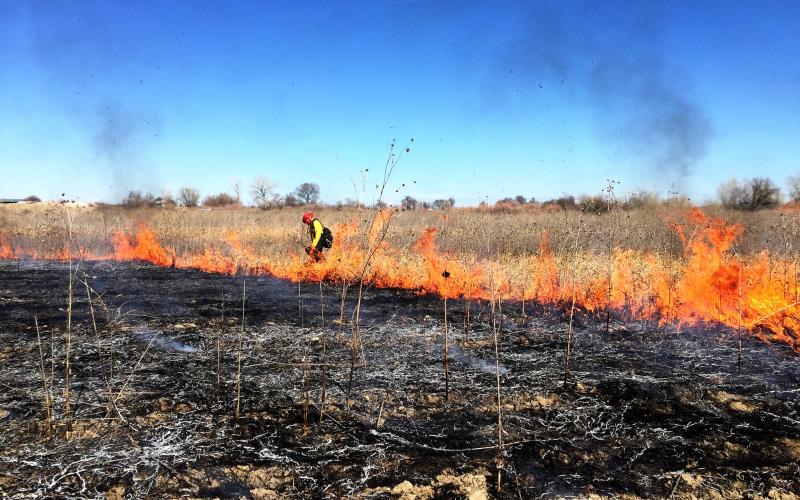
Fall Fire Safety
The moisture and cooler temperatures of fall make it easy to become lax about fire danger, however, conditions can still lead to easy ignition and rapid growth of wildfires.